AscaridoleCAS# 512-85-6 |

Quality Control & MSDS
3D structure
Package In Stock
Number of papers citing our products
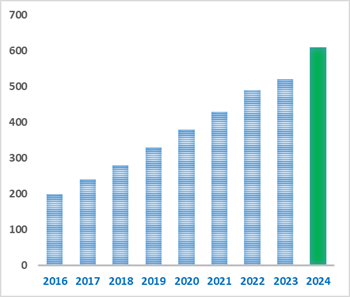
| Cas No. | 512-85-6 | SDF | Download SDF |
| PubChem ID | 10545 | Appearance | Powder |
| Formula | C10H16O2 | M.Wt | 168 |
| Type of Compound | N/A | Storage | Desiccate at -20°C |
| Solubility | Soluble in Chloroform,Dichloromethane,Ethyl Acetate,DMSO,Acetone,etc. | ||
| Chemical Name | 1-methyl-4-propan-2-yl-2,3-dioxabicyclo[2.2.2]oct-5-ene | ||
| SMILES | CC(C)C12CCC(C=C1)(OO2)C | ||
| Standard InChIKey | MGYMHQJELJYRQS-UHFFFAOYSA-N | ||
| Standard InChI | InChI=1S/C10H16O2/c1-8(2)10-6-4-9(3,5-7-10)11-12-10/h4,6,8H,5,7H2,1-3H3 | ||
| General tips | For obtaining a higher solubility , please warm the tube at 37 ℃ and shake it in the ultrasonic bath for a while.Stock solution can be stored below -20℃ for several months. We recommend that you prepare and use the solution on the same day. However, if the test schedule requires, the stock solutions can be prepared in advance, and the stock solution must be sealed and stored below -20℃. In general, the stock solution can be kept for several months. Before use, we recommend that you leave the vial at room temperature for at least an hour before opening it. |
||
| About Packaging | 1. The packaging of the product may be reversed during transportation, cause the high purity compounds to adhere to the neck or cap of the vial.Take the vail out of its packaging and shake gently until the compounds fall to the bottom of the vial. 2. For liquid products, please centrifuge at 500xg to gather the liquid to the bottom of the vial. 3. Try to avoid loss or contamination during the experiment. |
||
| Shipping Condition | Packaging according to customer requirements(5mg, 10mg, 20mg and more). Ship via FedEx, DHL, UPS, EMS or other couriers with RT, or blue ice upon request. | ||

Ascaridole Dilution Calculator

Ascaridole Molarity Calculator
| 1 mg | 5 mg | 10 mg | 20 mg | 25 mg | |
| 1 mM | 5.9524 mL | 29.7619 mL | 59.5238 mL | 119.0476 mL | 148.8095 mL |
| 5 mM | 1.1905 mL | 5.9524 mL | 11.9048 mL | 23.8095 mL | 29.7619 mL |
| 10 mM | 0.5952 mL | 2.9762 mL | 5.9524 mL | 11.9048 mL | 14.881 mL |
| 50 mM | 0.119 mL | 0.5952 mL | 1.1905 mL | 2.381 mL | 2.9762 mL |
| 100 mM | 0.0595 mL | 0.2976 mL | 0.5952 mL | 1.1905 mL | 1.4881 mL |
| * Note: If you are in the process of experiment, it's necessary to make the dilution ratios of the samples. The dilution data above is only for reference. Normally, it's can get a better solubility within lower of Concentrations. | |||||

Calcutta University

University of Minnesota

University of Maryland School of Medicine

University of Illinois at Chicago

The Ohio State University
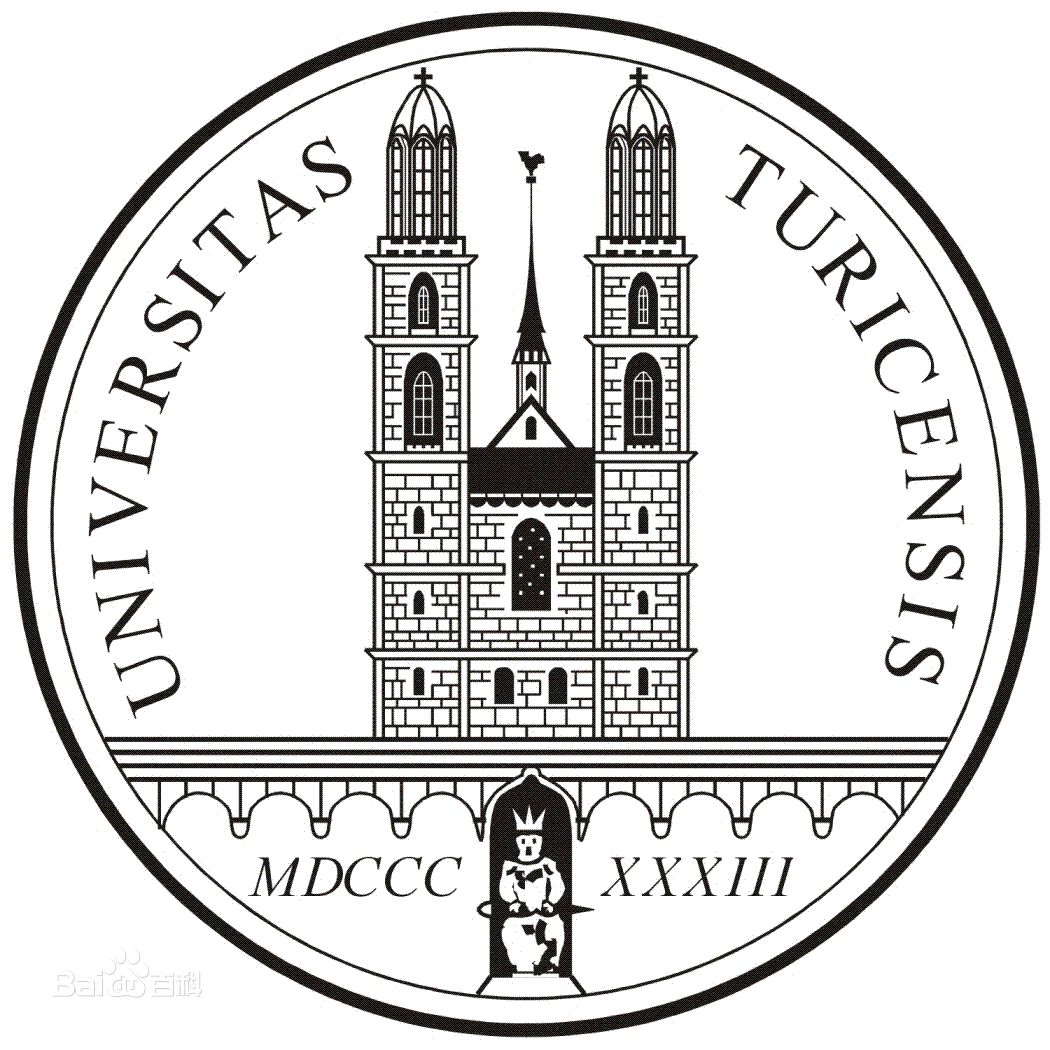
University of Zurich

Harvard University

Colorado State University
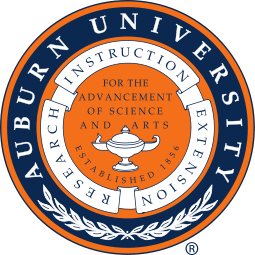
Auburn University

Yale University

Worcester Polytechnic Institute

Washington State University

Stanford University

University of Leipzig
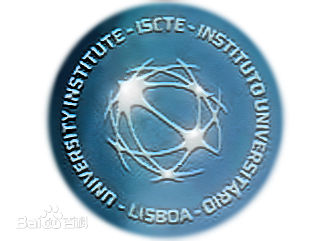
Universidade da Beira Interior
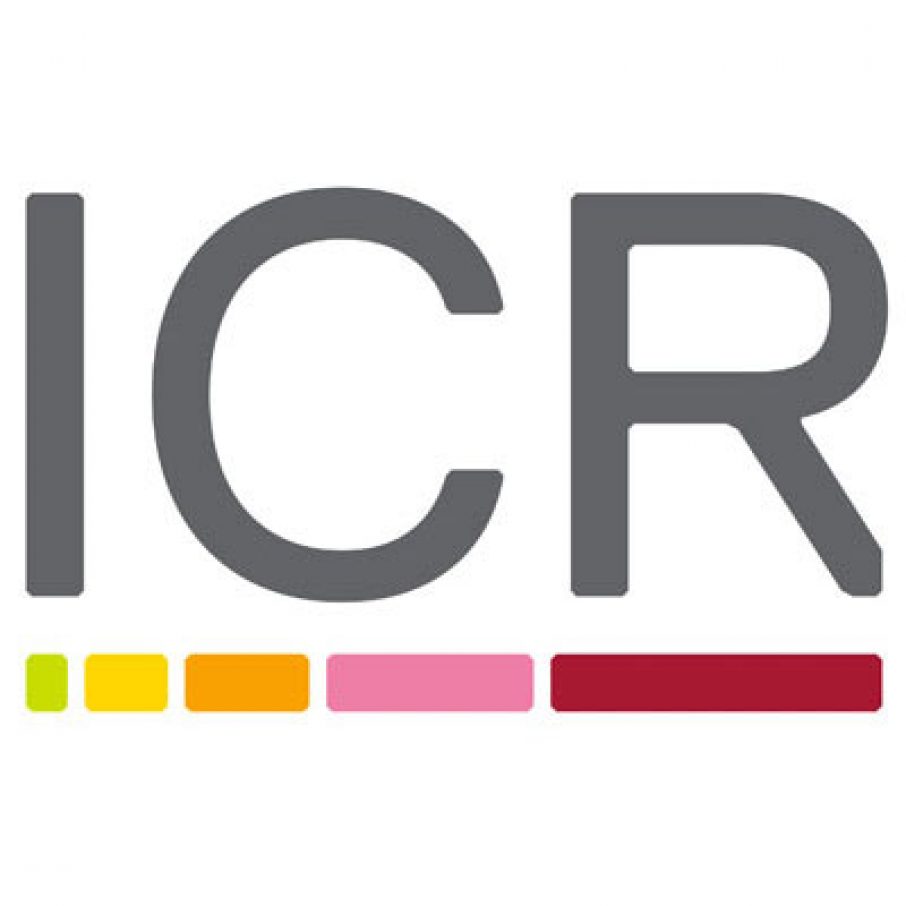
The Institute of Cancer Research

Heidelberg University

University of Amsterdam

University of Auckland

TsingHua University
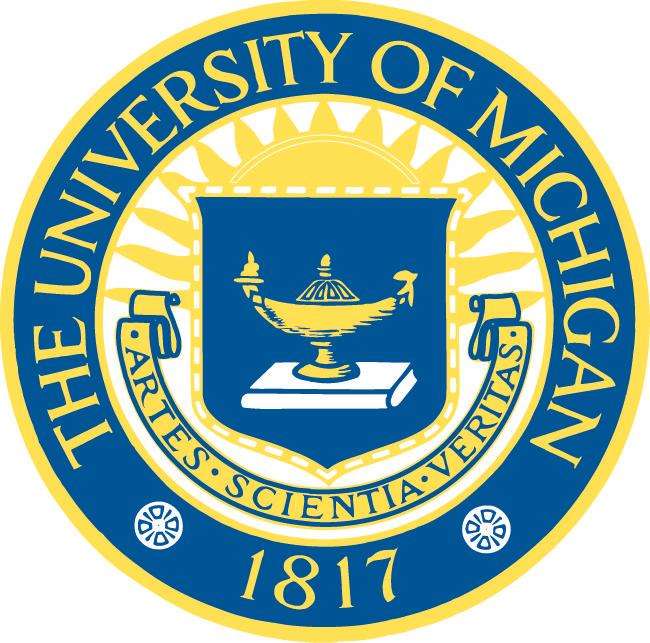
The University of Michigan

Miami University

DRURY University
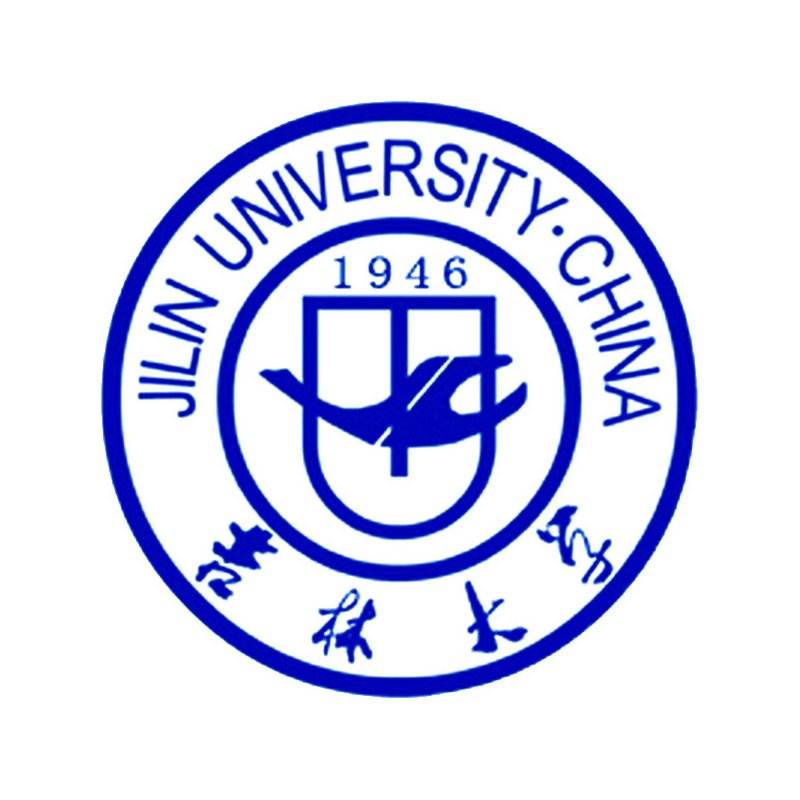
Jilin University

Fudan University

Wuhan University

Sun Yat-sen University

Universite de Paris

Deemed University

Auckland University

The University of Tokyo

Korea University
- Raffinose
Catalog No.:BCN8427
CAS No.:512-69-6
- Yamogenin
Catalog No.:BCN8277
CAS No.:512-06-1
- Diosgenin
Catalog No.:BCN6272
CAS No.:512-04-9
- Withaferin A
Catalog No.:BCC7495
CAS No.:5119-48-2
- Boc-D-Asp(OBzl)-OH
Catalog No.:BCC3371
CAS No.:51186-58-4
- Episyringaresinol
Catalog No.:BCN7023
CAS No.:51152-20-6
- (R)-(-)-Ibuprofen
Catalog No.:BCC4062
CAS No.:51146-57-7
- (S)-(+)-Ibuprofen
Catalog No.:BCC4042
CAS No.:51146-56-6
- (+)-trans-Isolimonene
Catalog No.:BCC9236
CAS No.:5113-87-1
- Cyclic Pifithrin-α hydrobromide
Catalog No.:BCC2407
CAS No.:511296-88-1
- 8-Bromo-cGMP, sodium salt
Catalog No.:BCC6935
CAS No.:51116-01-9
- Gitogenin
Catalog No.:BCN3886
CAS No.:511-96-6
- Boc-Arg(Z)-OH
Catalog No.:BCC3068
CAS No.:51219-18-2
- 6,8-Diprenylgenistein
Catalog No.:BCN4805
CAS No.:51225-28-6
- Wighteone
Catalog No.:BCN5632
CAS No.:51225-30-0
- N-Phthaloyl-Phe-OH
Catalog No.:BCC3016
CAS No.:5123-55-7
- Amsacrine
Catalog No.:BCC4309
CAS No.:51264-14-3
- Gallocatechin gallate
Catalog No.:BCN6803
CAS No.:5127-64-0
- 2,6-Dimethyl-3,7-octadiene-2,6-diol
Catalog No.:BCN5633
CAS No.:51276-34-7
- Afzelechin 3-O-xyloside
Catalog No.:BCN7774
CAS No.:512781-45-2
- 5,7-Diacetoxy-3,4',8-trimethoxyflavone
Catalog No.:BCN1432
CAS No.:5128-43-8
- 7,4'-Di-O-methylapigenin
Catalog No.:BCN5634
CAS No.:5128-44-9
- L-NAME hydrochloride
Catalog No.:BCC2865
CAS No.:51298-62-5
- Alpha-Eudesmol
Catalog No.:BCC8272
CAS No.:473-16-5
Chemical composition, antioxidant and cytotoxic activity of Artemisia gmelinii essential oil growing wild in Kashmir valley.[Pubmed:30618281]
Nat Prod Res. 2019 Jan 8:1-6.
The present study was carried to observe the phytochemical profile of aromatic constituents of Artemisia gmelinni essential oil using GC-FID, GC-MS and (13)C NMR and to evalute anticancer and antioxidant activities. Twenty chemical constituents were detected from EO accounting 92.05% of total oil composition. Oxygenated monoterpenes (73.64%) were dominant class of compounds. The major constituents are isoascaridol (29.70%), alpha-terpinolene (25.37%), phellandrene (9.26%) and Ascaridole (4.17%). Ascaridole and isoAscaridole are first time identified to be the constituents of this essential oil. The essential oil effectively inhibit the growth of cancer cells and showed maximum anti-proliferative activity at 125microg/mL concentration, but highest inhibition in cell growth was found in A-549 cell line. Our study revealed that EO was effective in restricting the migration of A-549 cells up to 15% than control at 125 microg/mL concentration. The essential oil also showed moderate antioxidant activity.
What Happens after Activation of Ascaridole? Reactive Compounds and Their Implications for Skin Sensitization.[Pubmed:27513446]
Chem Res Toxicol. 2016 Sep 19;29(9):1488-92.
To replace animal testing and improve the prediction of skin sensitization, significant attention has been directed to the use of alternative methods. The direct peptide reactivity assay (DPRA), the regulatory agencies' approved alternative in chemico method, has been applied for understanding the sensitization capacity of activated Ascaridole. Ascaridole, the oxidative metabolite of alpha-terpinene, is considered to be one of the components responsible for the contact allergy associated with essential oils derived from Chenopodium and Melaleuca species. The recently developed high-throughput screening based on the dansyl cysteamine (HTS-DCYA) method was applied to understand the reported enhanced reactivity of activated Ascaridole and possibly to identify the resulting elusive radical or other reactive species. For the first time, a substituted cyclohexenone was identified as a potential electrophilic intermediate resulting in higher depletion of nucleophilic DCYA, along with several nonreactive byproducts of Ascaridole via a radical degradation mechanism. Formation of electrophilic species via radical degradation is one of the possible pathways should be considered for the peptide reactivity of in aged tea tree oil or oils rich in terpinenes along with commonly believed reactants, allylic-epoxides and allylic-peroxides.
Activation of the Endoperoxide Ascaridole Modulates Its Sensitizing Capacity.[Pubmed:26185204]
Toxicol Sci. 2015 Oct;147(2):515-23.
The monoterpene Ascaridole, a fairly stable endoperoxide found in essential oils such as tea tree oil can provoke allergic contact dermatitis which has been evidenced under patch test conditions. However, concomitantly we observed irritative skin reactions that demand further data underlining the sensitization potential of Ascaridole. Here, we studied the effects of Ascaridole on dendritic cell (DC) activation and protein reactivity, 2 key steps of chemical-induced skin sensitization. Treatment of human monocyte-derived DC with Ascaridole found support for full DC maturation, a capability of sensitizers but not irritants. It induced significant upregulation of the expression of the costimulatory molecules CD86, CD80, CD40, and the adhesion molecule CD54 in a time-dependent manner. Maturation was accompanied by release of proinflammatory cytokines interleukin (IL)-1ss, tumor necrosis factor-alpha, IL-6, and IL-8. Similar to other chemical skin sensitizers including hydroperoxides, we observed a certain reactivity of Ascaridole toward cysteine- but not lysine-containing peptides. During recent years, evidence accumulated for a radical mechanism as trigger for protein reactivity of peroxides. Treatment of the fairly stable endoperoxide Ascaridole with iron as radical inducer ("activated Ascaridole") resulted in cysteine peptide reactivity exceeding by far that of Ascaridole itself. Furthermore, activated Ascaridole showed increased potential for induction of the Nrf2 target gene heme oxygenase 1 and upregulation of CD86 and CD54 on THP-1 cells, an established DC surrogate. These results indicate that radical formation could be involved in the steps leading to skin sensitization induced by the endoperoxide Ascaridole.


